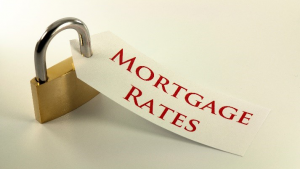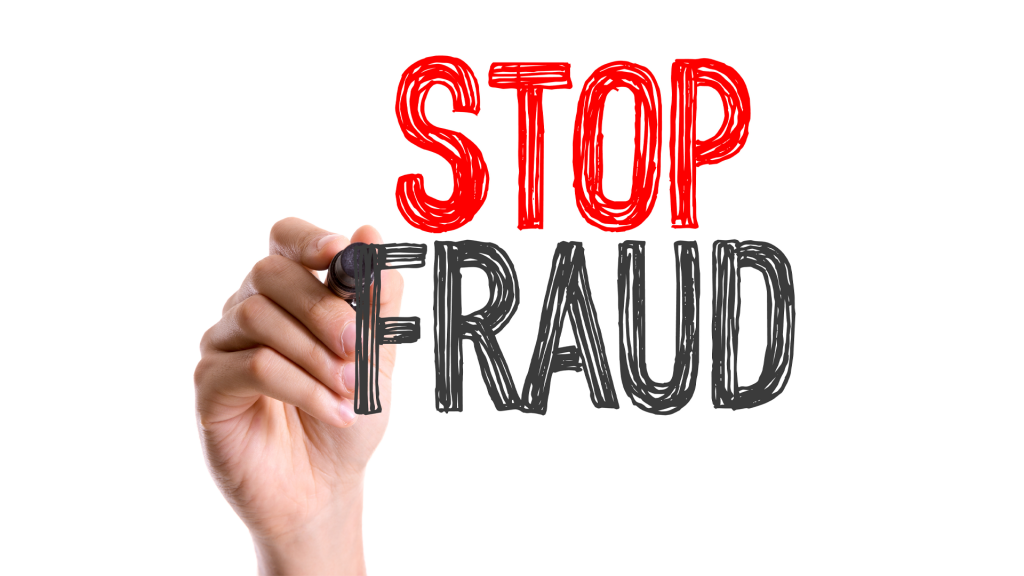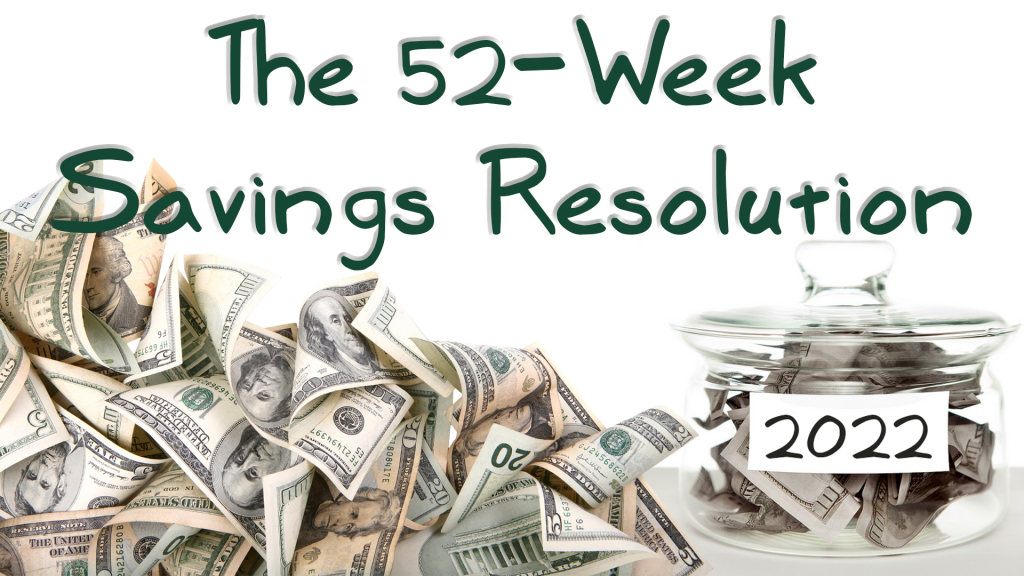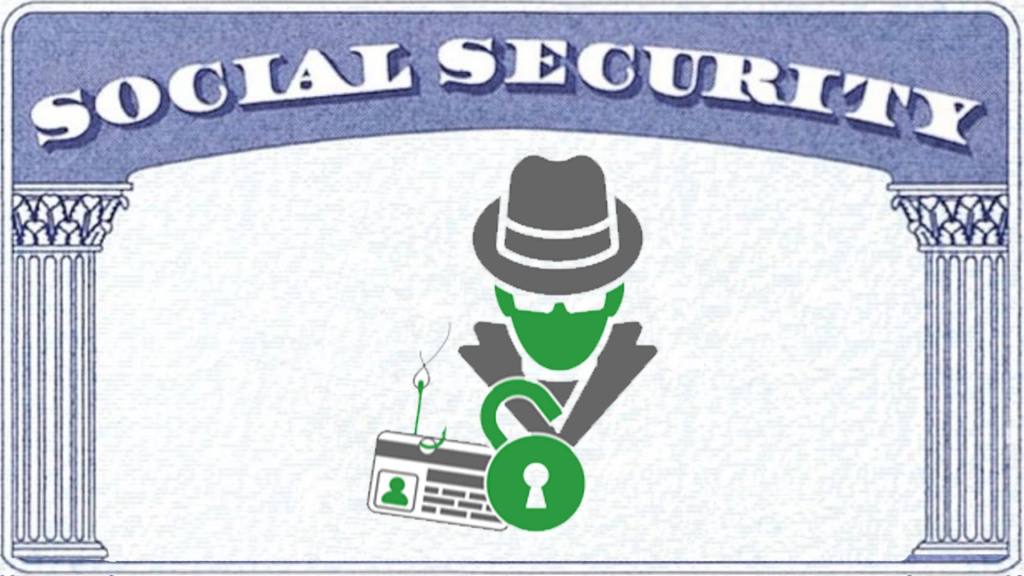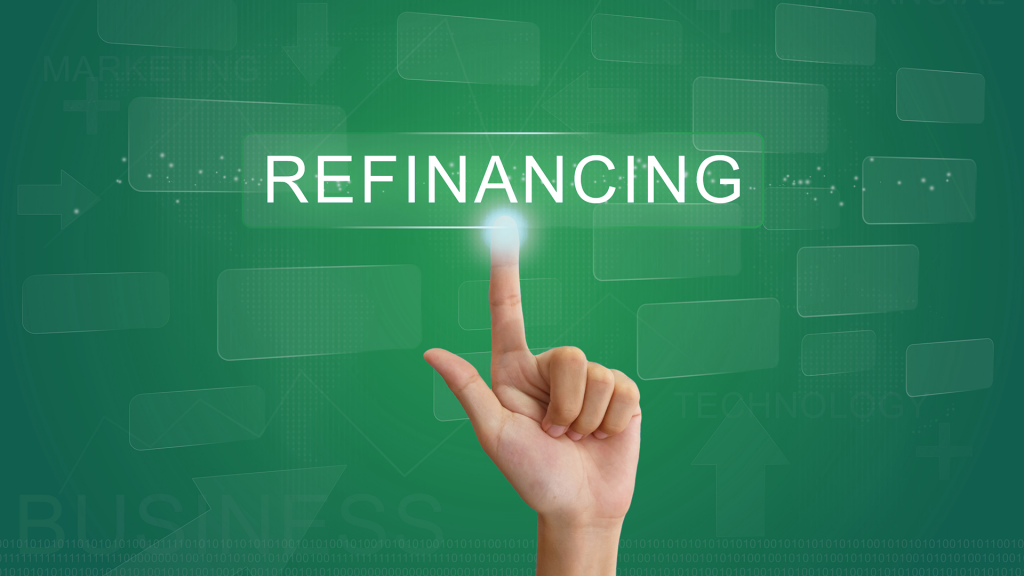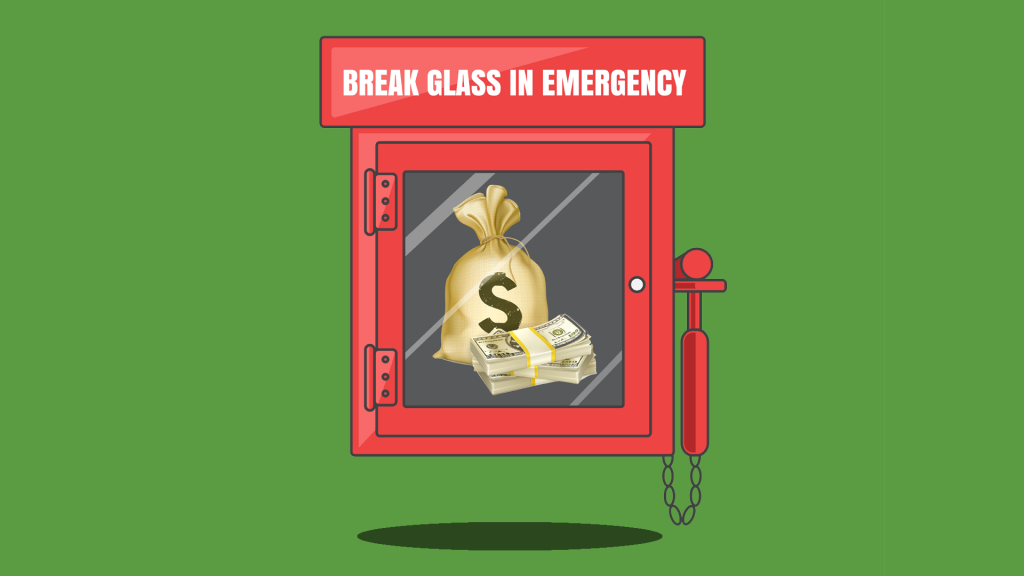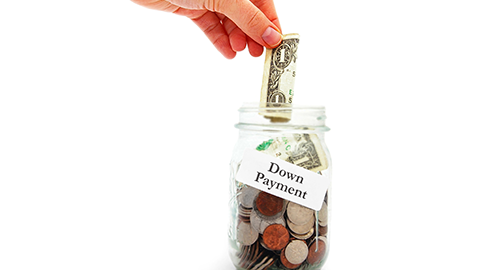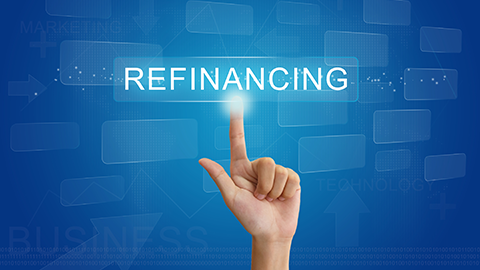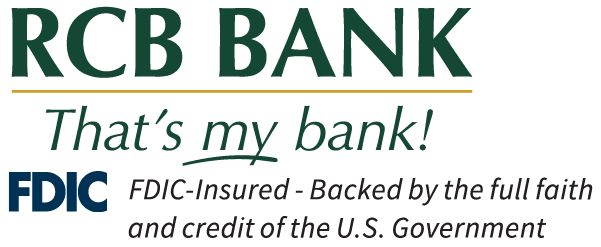
The national campaign encourages individuals and families to take financial action in building wealth through saving money and reducing debt.
Since 2007, America Saves Week has been an annual celebration as well as a call to action for everyday Americans to commit to saving successfully. The America Saves pledge is the online tool that allows savers to set a goal, and make a plan to achieve better financial stability.
The secret to saving money is to make savings automatic. Join the America Saves initiative and put your savings on auto-drive. Get started in three simple steps.
Step 1: Set a goal.
Why are you saving? An emergency fund, a car, a down payment on a home or your retirement? Set your goal and stick to it.
Step 2: Make a plan.
How much money do you need to achieve your goal? How much can you afford to put away each month, or in how many months do you want to reach your goal? You are more likely to save money with a plan than without one.
Are you worried you won’t follow through on your plan? Make a formal commitment to save.
Put your goal and plan in writing and place it on your fridge. Set up a personal support system by sharing your goal with a close friend and ask them to hold you accountable. Use your bank’s services, like text banking and online banking, to help you track expenses and set up email alerts to remind you about your goal. Take the America Saves pledge – available at www.americasaves.org/pledge.
Step 3: Set up automatic savings.
Ask your employer about automatic savings options at your job, such as split deposit, 401k retirement plans and holiday savings programs. Set up a savings account without a debit card tied to it. Basically, put your money where you can’t spend it.
Talk to your bank about setting up automatic transfers. Even setting up transfers in small amounts adds up over time. The idea is to pay yourself first by putting something – anything – away.
This year, take the pledge to save money.
Financially Fit is your home fitness guide for all things financial, provided by RCB Bank. Find money-building tips, insights and inspiration to help you improve your financial well-being at RCBbank.com/GetFit. Opinions expressed above are the personal opinions of the author and meant for generic illustration purposes only. Standard carrier fees for data and text messaging may apply. RCB Bank, Member FDIC.
Source:


